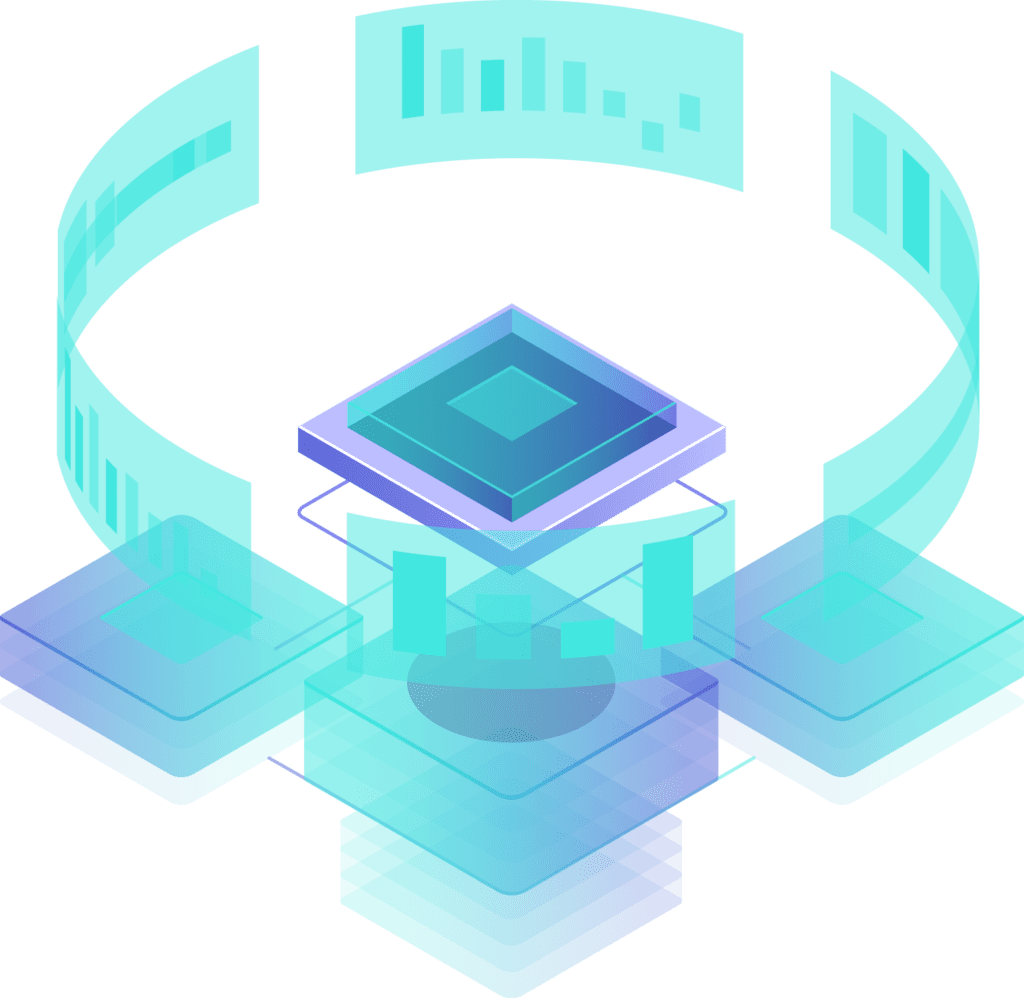Prototype Design Phase
A Simple Analogy
Would you give a blank check to a home contractor and say “Build me a House”? Probably not. A more prudent approach: hire an architect to develop blueprints and a miniature physical model — make changes to the model until you are completely satisfied with the design and the cost — then begin construction. This ‘design first, validate, then develop’ approach is precisely how PCApps works: we start with a prototype design, make changes to the design based upon your feedback, then initiate development after the design and budget is approved. Prototypes put projects on the right track, and they inform reliable project budgets and schedules.
Custom application development projects fail most often due to disconnects between the business people who understand their business and operational needs but don’t fully understand software capabilities, and developers, who understand software, but fail to understand the real business needs and priorities. Prototypes help tremendously in bridging the gap between business and technical domains.
The two most common reasons that custom software projects fail:
- A disconnect between the business needs and the functionality (what the developer “thinks” needs to be built)
- A disconnect between the functionality and the project budget.
Translating complex business needs into the appropriate database information structures with simple user interface convention is rife for potential mis-communication. Requests are often mis-interpreted, and countless (and needless) time and energy is spent going back and forth, until the software program actually conforms to the true business intent.
PCApps initiates projects with an application prototype design process, which provides us and our client with a simple, visual means to communicate needs, and confirm application functionality, workflow, layout and cosmetics. Our proven Rapid Application prototype process provides a very low cost, low risk way to see your application before it is built.
At the outset of a new project, prototypes allow PCApps and our clients to get good answers to the same three questions we both have:
- What is the best solution?
- How much will it cost?
- How long will it take?
We rely on Application prototypes to provide PCApps and our clients with a simple, visual means to get good answers to these three key questions.
The outcome of the prototype design phase is confidence that we are on the right track, a properly scoped project with reliable budget and schedule estimates, and source-code to drive the Development Phase. See sample Smart Client prototype Applications.
- The final, client-approved prototype design establishes solid engineering boundaries around the solution, and allows PCApps to provide reliable budget and schedule estimates for moving the project forward.
- A Smart Client application prototype consists of the complete application user interface and a preliminary back-end SQL Server database schema design.
- Prototype designs may include elements from your existing application, and often include new user interface conventions that we have used successfully with other clients. Our experts will engage your team in design review / feedback sessions, and refine the prototype based upon your continued feedback and preferences. Iterations to the prototype design are driven by a working prototype application installed on your PC, accompanied by a ‘Paper Prototype’ that you mark-up and send to PCApps with your comments.
- PCApps will continue to refine the user interface and underlying SQL database model until you approve the results. A prototype design round-trip cycle typically takes 2 to 4 weeks to complete, and consists of a prototype release, client feedback, follow-on questions and clarification, coding, next prototype release. In our experience, several prototype design iterations are sufficient to confirm application capabilities and project scope. Additional iterations may be required for larger, more complex applications.
- PCApps uses 100% of the Client-approved prototype code for the Development Phase. We will provide you with an updated project estimate based upon the results of the approved prototype design phase.











